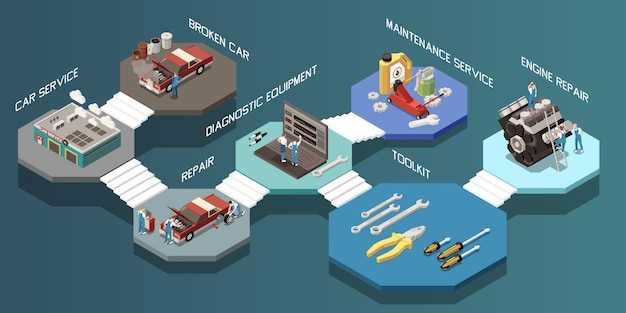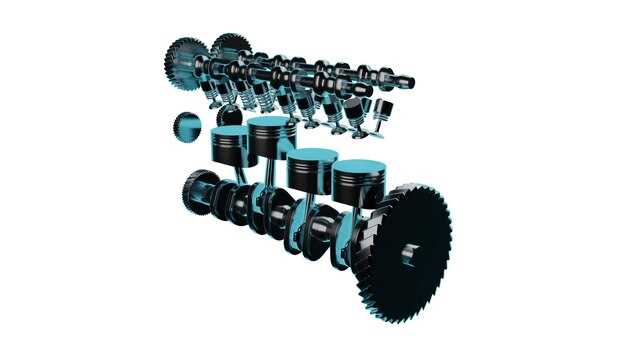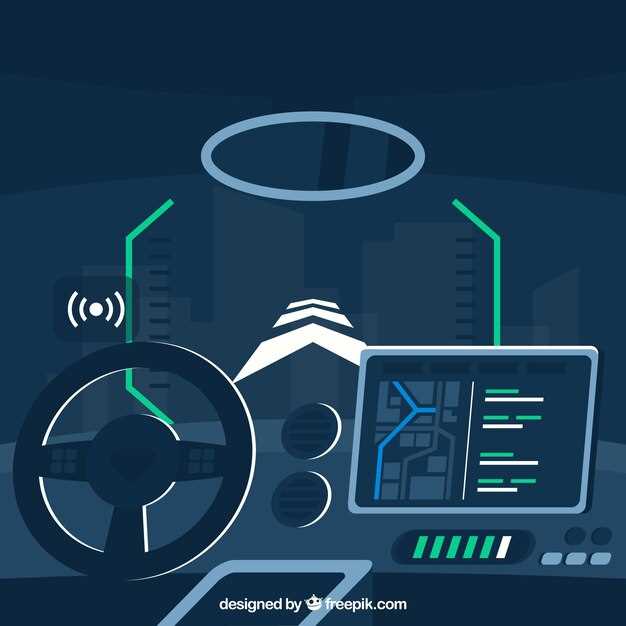
In the ever-evolving landscape of automotive technology, dual-clutch transmissions (DCT) have emerged as a revolutionary advancement in vehicle performance and efficiency. Unlike traditional manual or automatic transmissions, a dual-clutch system utilizes two separate clutches to engage odd and even gears, allowing for seamless gear shifts and enhanced acceleration. This innovative design combines the best features of both manual and automatic transmissions, providing drivers with a responsive and dynamic driving experience.
The mechanics of dual-clutch transmissions operate on the principle of pre-selecting gears, where one clutch is responsible for odd-numbered gears, while the other handles even-numbered ones. When the driver shifts gears, the system quickly disengages the active clutch while simultaneously engaging the next gear through the counterpart clutch. This process significantly minimizes the time needed for gear changes, resulting in faster acceleration and improved fuel efficiency.
Understanding the specific components and operating principles of DCTs is crucial for both automotive enthusiasts and industry professionals. From the intricacies of the electronic control unit to the physical engineering of the clutch assemblies, a thorough comprehension of dual-clutch mechanisms illuminates their advantages over conventional transmission systems. This article will delve into the fundamental aspects of dual-clutch transmission technology, exploring its functionality, benefits, and potential drawbacks to provide a comprehensive view of this sophisticated automotive innovation.
How Dual-Clutch Transmissions Work: A Detailed Breakdown
Dual-clutch transmissions (DCT) are an advanced form of automatic transmission that utilize two separate clutches for odd and even gear ratios. This design enables smoother gear changes and improved performance compared to traditional automatics or manual transmissions. The key components of a DCT include the clutches, gears, and a sophisticated control system that orchestrates the shifting process.
The two clutches operate independently, typically referred to as Clutch A and Clutch B. Clutch A engages odd-numbered gears (1st, 3rd, 5th, etc.), while Clutch B manages the even-numbered gears (2nd, 4th, 6th, etc.). When the vehicle is in a particular gear, the next gear is pre-selected and synchronized, allowing for near-instantaneous shifts with minimal interruption to power delivery.
The control mechanism plays a crucial role in managing these clutches. It relies on hydraulic actuators or electronic control units to determine when to engage or disengage the clutches based on the driver’s input, throttle position, and vehicle speed. This precise control helps to optimize performance and efficiency, making DCTs popular in high-performance and luxury vehicles.
Shifting occurs in a sequential manner; for example, when the vehicle shifts from 1st to 2nd gear, Clutch A disengages while Clutch B engages simultaneously. This overlap allows for a seamless transition between gears, significantly reducing shift times and enhancing driving dynamics. As a result, DCTs can improve acceleration and fuel efficiency compared to conventional transmission systems.
Another advantage of dual-clutch technology is its adaptability. Many modern DCTs feature multiple driving modes that adjust the transmission’s behavior, allowing for a more engaging driving experience or enhanced comfort, based on the driver’s preferences. This flexibility makes DCTs versatile and appealing across various vehicle segments.
However, DCT systems also have drawbacks. The complexity of the design can lead to higher manufacturing costs and potential maintenance challenges. Additionally, some drivers may find the low-speed performance and engagement characteristics less smooth than those of conventional automatic transmissions. Overall, understanding the working principles of dual-clutch transmissions helps to appreciate their role in modern automotive engineering and performance.
Advantages of Using Dual-Clutch Transmissions in Modern Vehicles

Dual-clutch transmissions (DCTs) offer several significant advantages over traditional automatic and manual transmission systems, making them a popular choice in modern vehicles. One of the primary benefits is their ability to provide rapid gear shifts. The design of a DCT allows for pre-selection of gears, enabling a change from one gear to another almost instantaneously, which enhances overall vehicle performance and responsiveness.
Another noteworthy advantage is improved fuel efficiency. DCTs are designed to minimize power loss during gear changes, which helps optimize fuel consumption. This characteristic is particularly beneficial in modern vehicles, where manufacturers are focusing on achieving better fuel economy while maintaining strong performance metrics.
Moreover, DCTs contribute to a smoother driving experience. Unlike traditional automatic transmissions that may experience noticeable shifts, dual-clutch systems deliver seamless shifts that enhance comfort, especially during stop-and-go traffic. This fluidity improves driver confidence and allows for a more enjoyable ride.
Additionally, dual-clutch transmissions often come equipped with advanced technology features that enhance driver engagement. Many systems allow for manual shifting capabilities, providing drivers with the option to control gear selection when desired. This combination of automatic efficiency and manual control caters to various driving styles and preferences.
Lastly, the durability of dual-clutch transmissions adds to their appeal. With fewer mechanical components compared to traditional transmissions, DCTs often require less maintenance and are less prone to wear and tear over time. This reliability translates to lower long-term ownership costs, making DCT-equipped vehicles an attractive proposition for consumers.
Troubleshooting Common Issues with Dual-Clutch Transmissions

Dual-clutch transmissions (DCT) are known for their high efficiency and performance, but they can experience specific issues. Identifying and addressing these problems is crucial for optimal vehicle operation.
One common issue is abrupt or harsh shifting. This can be caused by low transmission fluid levels or contamination, leading to poor lubrication. Check the fluid level and condition; if it appears dirty, a fluid change may be necessary. Additionally, improper calibration of the transmission control unit (TCU) could contribute to shifting problems. A professional scan tool can help detect faults and recalibrate the TCU.
Another frequent concern is the clutch slipping, which results in a loss of power during acceleration. This may be due to worn clutch plates or improper adjustment. Inspecting the clutch assembly for wear is essential, and replacement might be necessary if significant wear is present. In some cases, software updates for the TCU can improve clutch engagement and prevent slipping.
Noises during operation, such as grinding or clunking sounds, can indicate other issues. These noises often arise from worn internals, including gears and bearings. A thorough inspection of the transmission components should be conducted to determine the source of the noise. If worn parts are identified, they should be replaced promptly to avoid further damage.
Transmission overheating is another issue that can arise, often indicated by warning lights or reduced performance. This could stem from low fluid levels, a malfunctioning cooling system, or excessive load conditions. Checking the cooling system and transmission fluid levels is important, and any leaks should be addressed quickly to prevent overheating.
Finally, erratic performance, such as delayed engagement or inability to enter certain gears, may signal a problem with the DCT mechanism. This may be due to software glitches, mechanical failures, or issues with the hydraulic system. A diagnostic scan can reveal trouble codes that guide proper troubleshooting. Regular maintenance and software updates can prevent many of these issues from occurring.


